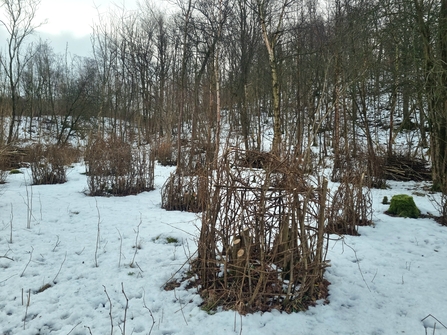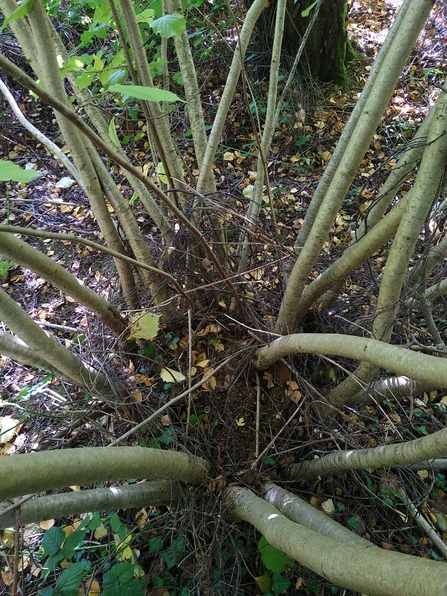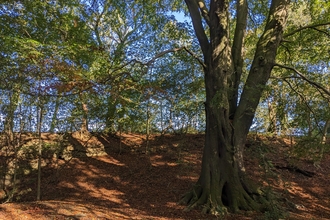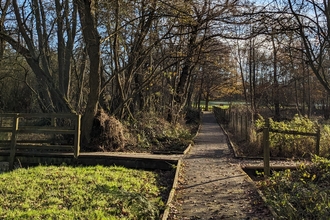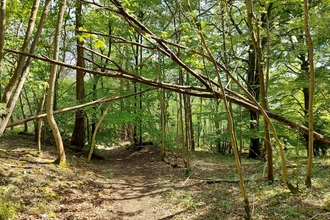Coppicing is one of the oldest forms of woodland management in the UK, with roots stretching back thousands of years. It involves repeatedly cutting trees down to their stumps, known as stools, to encourage new shoots to grow – a management technique that at first glance can ignite some alarm about us felling trees or clearing woodland. However, this method has shaped much of Britain’s woodland landscape and remains significant for both ecological and cultural reasons.
The history of coppicing
Evidence of coppicing dates back to the Neolithic period, when early communities began managing woodlands to meet their daily needs. By the medieval era, coppicing had become a central feature of rural life. Wood was the primary source of fuel, and coppiced timber was essential for heating, cooking, and charcoal production. It was also used for building, fencing, tool handles, and wattle or weaved panels. Different tree species were coppiced depending on their properties: hazel provided flexible rods, oak offered strength and durability, and ash was prized for its resilience.
Coppice cycles were carefully managed. Depending on the species and intended use, trees were cut every 7 to 20 years. This system ensured a steady supply of materials while maintaining the woodland’s productivity. Many woodlands were managed as “coppice with standards,” where some trees were allowed to grow to full height to provide larger timber for construction. This system created the patchwork, multi-aged woodland structures that were once a familiar sight across the UK.
The Industrial Revolution brought a decline in traditional coppicing. Coal replaced wood as the main fuel, and industrial processes reduced the demand for small-diameter timber. By the 20th century, much of our coppiced woodland had been neglected, allowed to grow into high forest, or converted into conifer plantations.
However, in recent decades, interest in coppicing has revived due to its ecological, cultural, and economic value.

